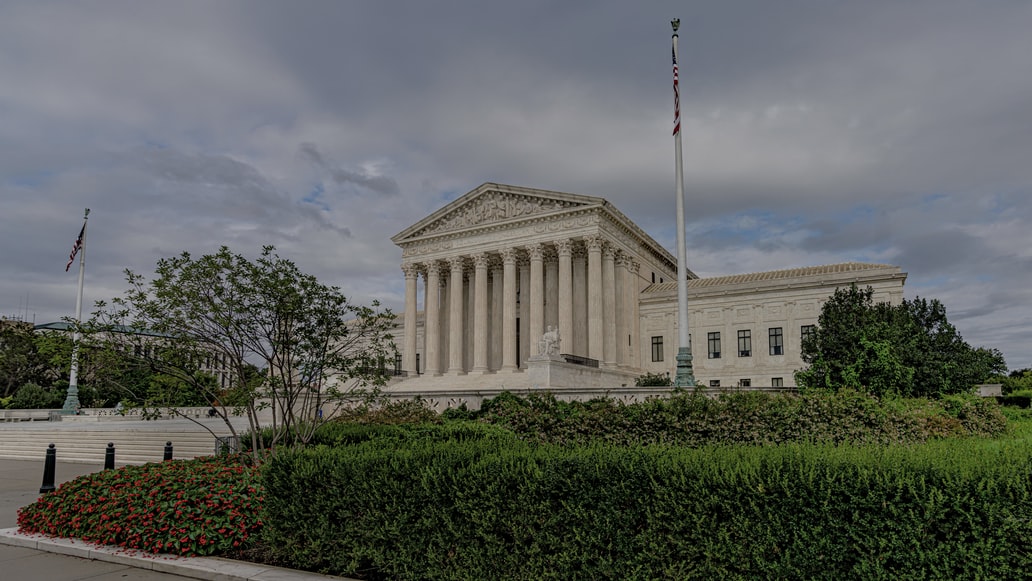Montana Supreme Court affirms that assets held in an irrevocable trust may be exempt for Medicaid purposes
Long-Term Care Costs Continue to Rise
As we all know, long-term care costs continue to rise. We previously discussed how long-term care insurance may be able to make long-term care more affordable. We have also discussed the benefits of using an irrevocable asset protection trust for long-term care planning.
The use of irrevocable trusts in Montana for long-term planning came into question recently in the Estate of Marilyn Scheidecker v. Montana Department of Public Health and Human Services case when an Administrative Law Judge and District Court in Montana upheld the denial of Medicaid eligibility for a woman who along with her sister established an irrevocable trust and transferred assets into the trust. Last week, the Montana Supreme Court reversed the decision of the District Court, and in doing so has at least by implication affirmed that assets held in an irrevocable trust can be considered exempt for Medicaid purposes
Estate of Marilyn Scheidecker v. Montana Department of Public Health and Human Services
In this case, Marilyn owned a home. Her sister, Glenda, moved into it with her. In 2008, Marilyn sold to Glenda a one-half interest in the home. Thereafter, both sisters established an irrevocable trust and transferred their respective shares of the home into the trust. In 2016, Marilyn’s health was failing and she needed care. She entered a nursing home and applied for Medicaid the next year. Her application was denied because the State counted the trust property in her eligibility determination.
Marilyn requested a fair hearing and an Administrative Law Judge upheld the denial. Marilyn again appealed and the district court did rule that the trust was irrevocable. However, the court ruled that the trust assets were still available because there was a violation of the any circumstance rule of 42 U.S.C. § 1396p(d)(3) because should the trust be terminated “the beneficiaries could thereafter, individually, jointly, directly, or indirectly, give Marilyn this trust property for her benefit.” The case was appealed, and now we have this decision from the Montana Supreme Court.
The State argued that the District Court was correct because the any circumstances test should include an analysis of “imaginary or improbable circumstances.” The State also argued that because Marilyn benefited from the trust assets during her lifetime, that amounted to asset ownership. Because Marilyn was allowed to live in the home and benefit from it, it should be countable.
The Supreme Court looked at the terms of the trust and determined that its primary purpose was to supplement public benefits. If the trust were terminated, as the State argued could be a circumstance in which Marilyn would benefit from trust principal, then the trust’s material purpose would be defeated. If a court were to order the termination of the trust, it would be in error and against the terms of the trust. The Supreme Court here said it was wrong to construe the any circumstances test to encompass a court’s misinterpretation of a trust document.
The Supreme Court went on to say that the ability to live in a home owned by the trust doesn’t grant that person access to the trust’s corpus. The residence is owned by the trust; if it is sold, the proceeds would be held according to the terms of the trust. Marilyn could not sell or transfer the home. The trust does say that Marilyn would be responsible for insurance, repairs, taxes, utilities, etc. The State did not put forth an argument as to how any of these types of payments from Marilyn to a third party would amount to a “circumstance under which payment from the trust could be made to or for” Marilyn’s benefit.
The Benefits of Using an Irrevocable Assets Protection Trust for Long-Term Care Planning
With the Montana Supreme Court’s decision now in place, let’s revisit the benefits of using an irrevocable assets protection trust for long-term care planning. An irrevocable asset protection trust can be an effective estate planning tool for long-term care. The trust can be set up in conjunction with or as an alternative to long-term care insurance, allowing individuals or married couples, as trustmakers, to transfer assets into the trust where the assets can be held and managed by the trustee throughout their lifetime. The assets remaining in the trust after the trustmakers have died can then be transferred to trustmakers’ beneficiaries identified in the trust.
Of course, it’s important that the trustmaker and the drafting attorney understand the benefits and implications of the trust, such as the potential impact on Medicaid eligibility, and how to set it up to accomplish long-term care planning goals. These need to be carefully considered in order to ultimately decide if establishment of this type of trust is appropriate under the circumstances.
The irrevocable trust can be drafted a number of ways to take advantage of tax benefits. It can be drafted in a way where all income from trust assets is taxed to the trustmaker, and not the trust which typically has a higher level of tax than an individual. It can also be drafted to protect and allow for a step-up in the tax basis at the death of the trustmaker for assets that are transferred into the trust.
An irrevocable trust provides numerous advantages over outright gifting of the assets to the trustmaker’s heirs, with the primary advantage being the asset protection it provides while in trust against creditors, divorce, etc., for the beneficiaries who ultimately receive those assets upon the trustmaker’s death.
Jon




